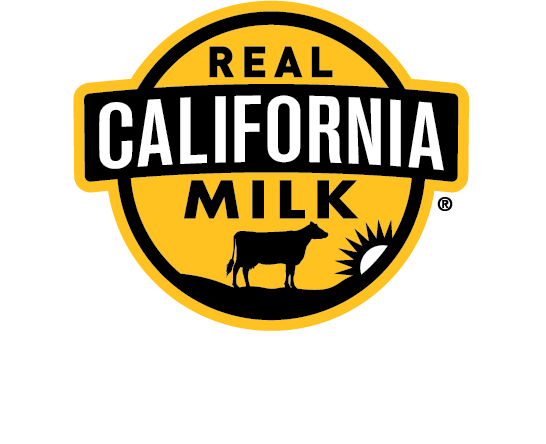From the Spring 2017 Newsletter
Specialty Cheeses on Center Stage
Great Flavors Build Diverse Menu Choices

The recent announcement by the National Restaurant Association that the consumption of specialty or artisan cheeses is one of the top food trends for 2017 comes as no surprise to California dairy producers and consumers. For years, the state has been home to the finest hand-crafted specialty cheeses.
The proof is on the menus: In the past two years, there has been a 33 percent increase in the use of the words “artisan” and “artisanal” to describe menu items, according to Technomic Inc. Also, higher-end restaurants are increasingly using the words to describe cheese in cheese plates, which is up 44 percent on menus since 2010.
Specialty cheese’s greatest opportunities are in fine dining, casual dining, pizza and sandwiches. The source of specialty cheese among cheese makers is cow’s milk, as about 75 percent of craft producers use cow’s milk.
“We continue to see growth in our artisan cheeses produced in California. Chefs are excited with our wide variety and unique flavor profiles,” said Mike Gallagher, Business & Market Development Consultant for the California Milk Advisory Board. “Applications include a simple garnish to extensive cheese platters. Recently at the Pizza Expo in Las Vegas, we saw tremendous interest in artisan cheeses used to really change up the flavor ofpizzas and flatbreads.”
Foodservice operators have noticed this trend and are increasing their use of cheese in their menu selections. They regard it as a key component in giving food the flavor people love. Some 90 percent of limited-service restaurants mention cheese on their menus, according to market research firm Datassential. And it’s not just familiar varieties like Cheddar, Mozzarella, Parmesan and American making an appearance. There’s Feta that provides a Mediterranean twist, Cotija to give a Latin flourish, and Asiago for a robust flavor in melting or grating.
Restaurateurs are enhancing the type of cheese they’re using in menu items. Rather than labeling something as simply Cheddar, operators are describing it with words like Sharp or White. Instead of Blue Cheese, menus mention creamy or aged, and even the cheesemaker may be cited. Menu embellishments are important.
Specialty cheeses are showing up in menus, sprinkled on appetizers, soups, salads, sandwiches, entrees, and desserts with rich flavor and intrigue. While the classic choices of Mozzarella, Cheddar and Monterey Jack still lead in restaurant usage, Feta, Blue, Ricotta and Fresh Mozzarella are closing the gap. And the fastest growing varieties include California specialties such as Fontina, Gorgonzola and Gouda.
Food processors are continuing to experiment with pizza toppings including diverse varieties that include Fontina, Monterey Jack, Cheddar and Feta. In addition, Gorgonzola and Cotija deliver stronger flavor profiles. Hispanic varieties, aged and artisanal products continue to flourish with robust flavor profiles and textures. Cheeses with jalapeño, herbs and garlic will catch the attention of consumers on restaurant menus.
Bold, robust and uniquely flavored cheeses are expected to outperform in both volume and dollar sales as consumers look for ways to diversify their palates.
Millennials are dictating cheese standards and flavors. This visible age group is willing to spend more on higher-quality eating experiences and are more likely to visit the specialty cheese department to look for authentic and natural options. Foodservice operators can invite this group of patrons to restaurants by expanding their menus. Snacking is another favorite trend among millennials and including cheese will give them the nutritious, flavorful snack they are craving.
For a selection of recipes filled with cheese, that will excite restaurant patrons, visit www.realcaliforniamilk.com/foodservice.

